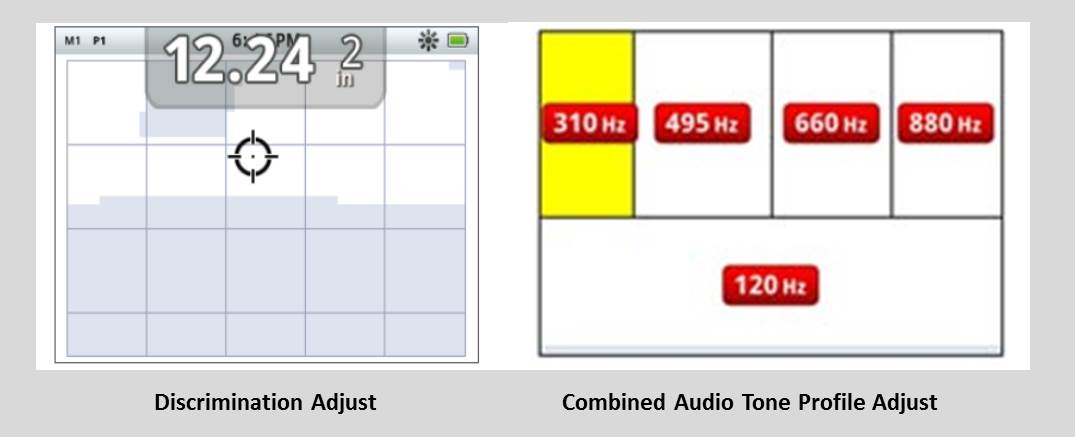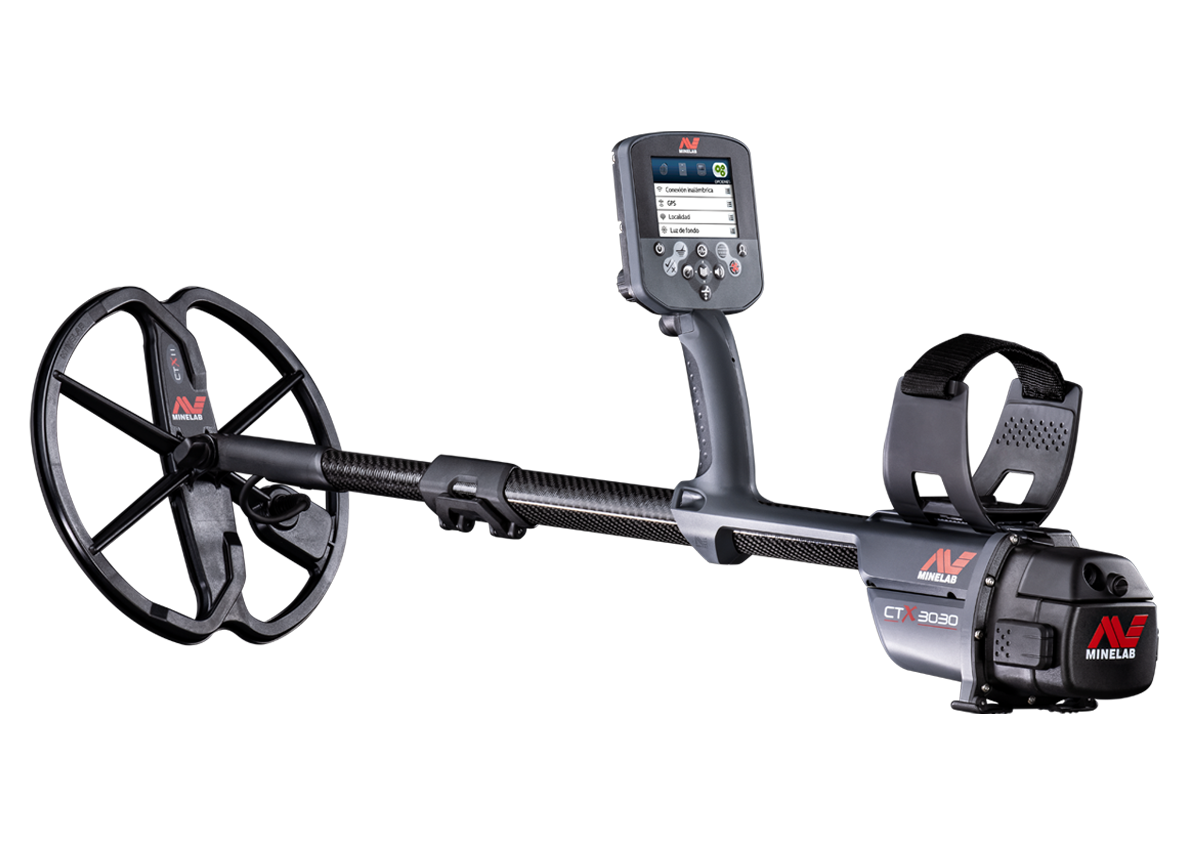A common question that arises from time-to-time on many of the online forums is:
Will I get more “nulling” when using Combined audio?
The short answer is NO. Combined allows you to hear the audio response from 5 bins. The "FE Line" in Combined audio simply marks the "top of the bin" for the lower bin segment. If you raise the line up, the lower bin becomes larger. If you move the line down, the lower bin becomes smaller. The line separating the four upper bins from the lower bin has nothing to do with nulling (rejecting targets). What determines which targets are accepted and which target properties are rejected (nulled) is accomplished by setting up discrimination Patterns in the Search modes.

Whether you have the line set at 17, at 35, or anywhere in between, a piece of iron should give the audio response associated with that lower bin. The bin becomes larger as you raise the line. But the target properties will stay the same. In order to get a target to be viewed in a different bin, you would have to move the FE line to the other side of the target location. For example, if there were a target that registered 18/34, and you had the FE line set at 17, the target would provide the audio response associated with that lower bin. However, if you moved the FE line to 19 and changed nothing else, that same target would provide the audio response associated with one of the bins above the line. Which bin (above the line) would depend on how you had set up the vertical parameters of the four bins. If you had set them as bin 1 = CO 1 - CO 14; bin 2 = CO 15 - CO 25; bin 3 = CO 26 - CO 36; bin 4 = CO 37 - CO 50, then that 18/34 target would give you the audio tone associated with bin 3 (left to right), above the line.
Again, Combined Audio has nothing to do with whether or not a target produces any given tone, or nulling. That is a function of discrimination (explained on page 8 of the CTX 3030 Instruction Manual). Combined audio simply allows you to set up a group of 5 bins, one below the ferrous line and 4 above that ferrous line, and program your CTX to provide target tones based on the parameters of those bins.
If you’d like to read a bit more about the combined audio function of the CTX 3030, I covered this in a previous blog a while back:
HH Randy





















Comments
To make comments you must be logged in, please note comments will not display immediately due to moderation